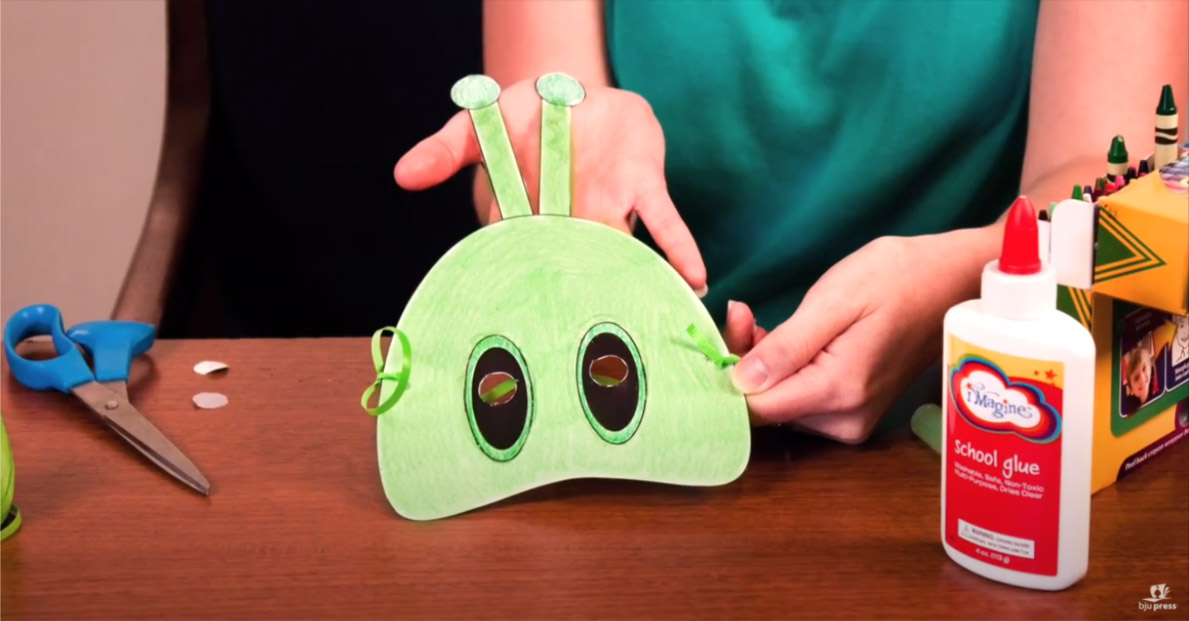I wrote my first journal entry when I was ten years old. It wasn’t particularly interesting. Life as a ten-year-old was pretty mundane, and at that time I was not very skilled at expressing my inward thoughts and emotions. But it was a start, and I was excited about the prospect of filling up all the blank pages in the lovely green journal that I had received just days earlier as a birthday gift.
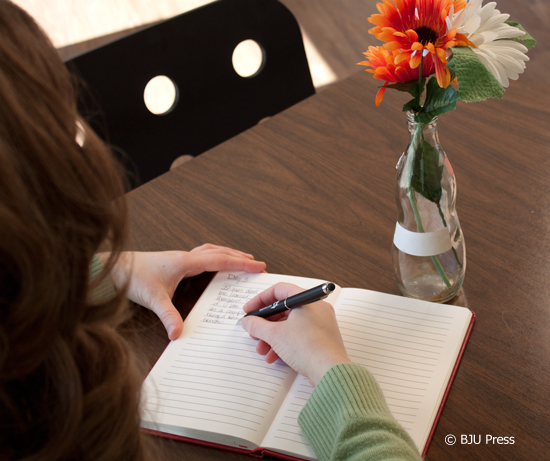
I filled up all the pages of that green journal, as well as the pages of many other journals over the years. Sometimes I wrote fairly regularly, but sometimes hardly at all. Now, when I occasionally thumb through the pages of those old journals, I can see the benefits of them. I am a better writer because of all the practice. I learned how to express the emotions, dreams, and innermost thoughts inside me. Best of all, I have a record of many answers to prayer, many unexpected blessings, and many dark hours. I can clearly see the faithfulness of God.
If you want to encourage your children or students to journal in this new year, here are some tips.
- Buy each of them a nice, lined journal.
Journals themselves can inspire writing. I always got excited whenever I received or had the opportunity to buy a new one. Look for one with a spiral binding or one that will lie flat when opened.
- Assure them that you won’t read what they have written without their permission.
Resist the temptation to grade their writing. If you do evaluate it, they will never feel free to express themselves.
- Set aside times to write.
Your children or students should be free to journal whenever they wish, but at the beginning it is helpful to have them set aside a dedicated time once a week.
- Let them write about whatever they want to.
Don’t assign topics. If your novice journalers don’t know what to write about, you can offer suggestions, but you should encourage them as much as possible to just start writing. The ideas will come.
Do you keep a journal? If so, how has it benefited you?
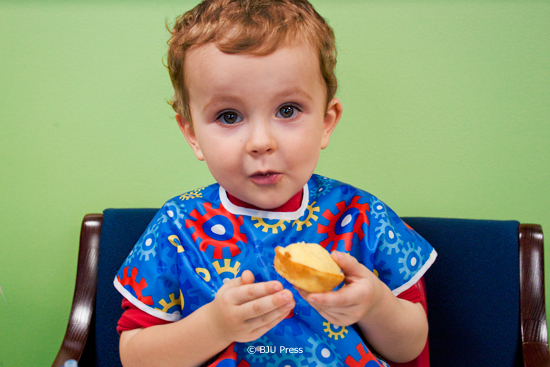
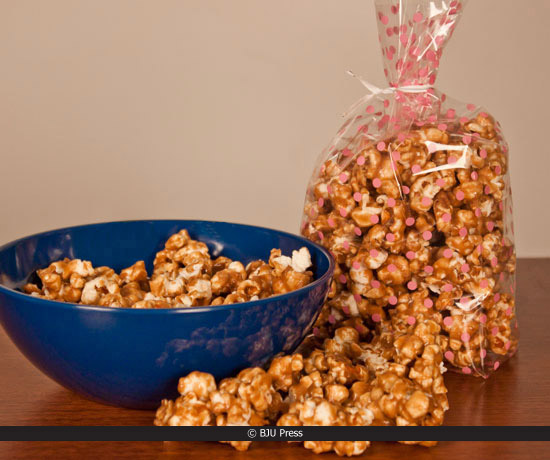
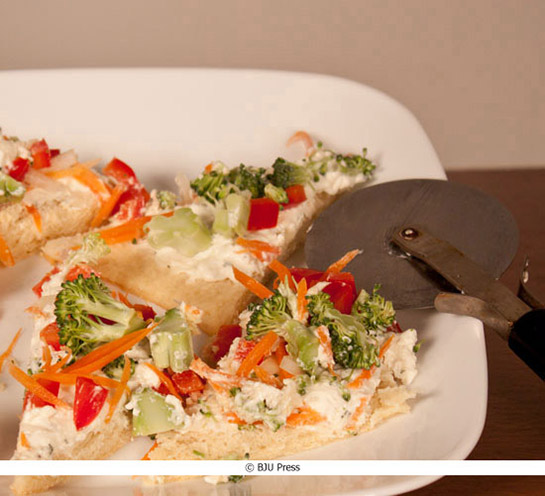 Veggie Pizza
Veggie Pizza